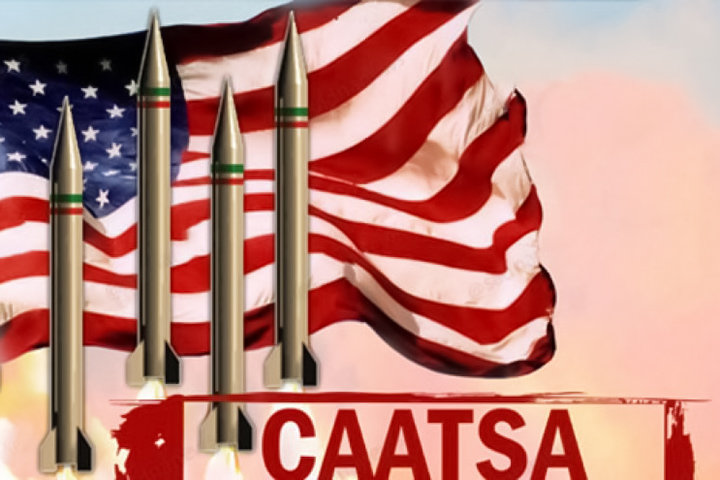- As you are aware, the Indian military inventory is largely comprised of Russian-origin equipment forming more than the backbone of our fighting forces in thwarting enemy misadventures. Over the decades, the Russian arms and ammunition has served our sovereignty interest standing the test of times. Several wars fought by the Indian military were well served by the Russian origin arsenal thereby establishing our credentials in the eyes of the global community. No wonder, the Indian military is counted amongst the very best fighting forces serving the motherland with impeccable grit, determination, valour, and courage. A big salute to the forces.

PC: Sebastien Roblin
- The world is presently witnessing a tense situation with the invasion of Ukraine by the Russian armed forces leading to global repercussions of unquantifiable proportions. As has been widely noted, the imposition of sanctions on Russia by the United States of America is likely to have severe implications for India’s defence supplies. It is worth reiterating that military platforms of Russian origin constitute at least over 50% of India’s overall military assets and cuts across all three services. Let us further dissect to comprehend how much we depend on these supplies to not only present a viable and strong deterring factor to the elements inimical to the nation’s interests but also boost the morale of the general public in the capabilities of our armed forces.
- Remember, over 90% of the Indian army’s 3,000-plus main battle tanks are comprised of Russian T-72 and T-90S. India was also in advanced talks to procure another 464 Russian T-90MS tanks as well. Meanwhile, a large portion of India’s air force fighter squadrons also comprises Russian aircraft like 272 Su-30 MKI apart from the MiGs like 23, 25, 27, and 29 series. The Indian navy has a Russian aircraft carrier (INS Vikramaditya) and nine Russian diesel-electric submarines among other platforms. All of these require periodic upgrades, maintenance, spare parts, and ancillary support. Most worryingly, this entire supply chain will become very difficult to obtain under the new sanctions regime.

PC: gktoday
- Of course, no sooner the Countering American Adversaries Through Sanctions Act (CAATSA) bites, India’s plans on S400 missile systems and other possible acquisitions will be effectively dead. It is plainly evident that the coming days will portend definite challenges to the military establishment. Agreed, India has tried to diversify its defence imports over the last 15 years as best exemplified by the purchase of Rafale fighters from the French. Nonetheless, price competitiveness, relatively generous technology transfers, and familiarity between Indian and Russian forces meant that Russian platforms remained the preferred choice. As such, neither armed forces nor their political masters had enough incentive to go for big changes.
- On top of it, the well-thought Make in India defence plan was ill-executed and has had hardly any big successes. Plus, it hasn’t helped either that thanks to the forces’ pension burden, defence capital expenditure has taken a hit. With Russia in US crosshairs, Russia getting closer to China, and even Pakistan squeezing in, India needs to find alternatives on a war footing. Obviously, incentivizing Western arms manufacturers and revisiting indigenization are steps in a complex process. Will New Delhi’s think tank emerge with multi-stakeholder smart strategizing on the matter? The time will reveal how and where we are heading.






